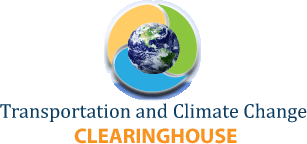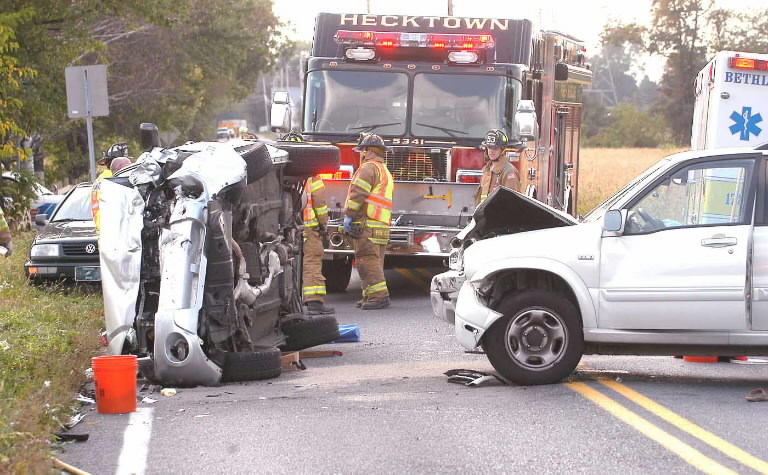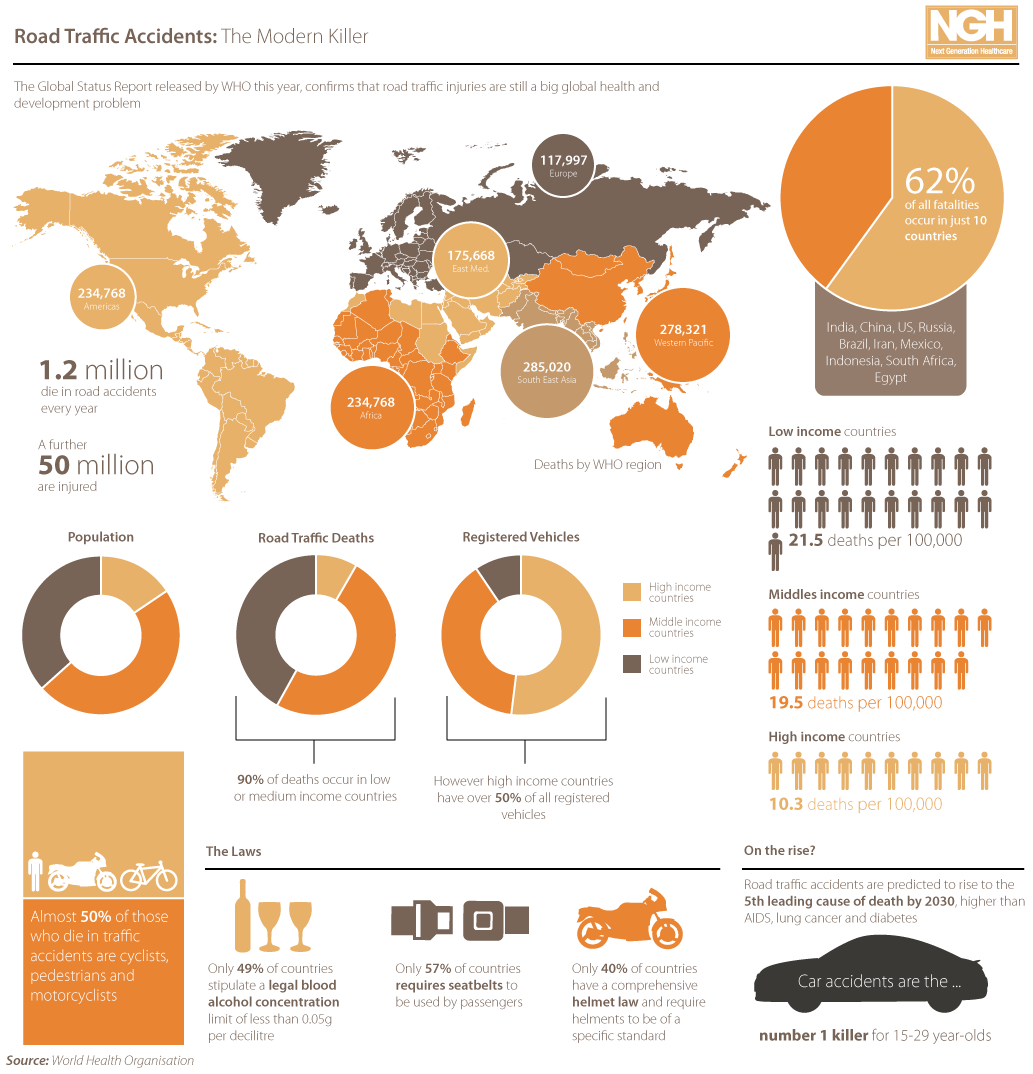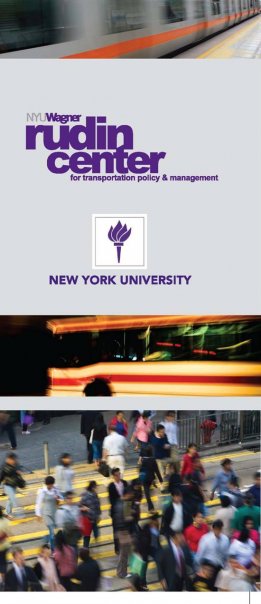Prepared by the Office of Planning, Environment and Realty, Federal Highway Administration

Recent Events
Two New Reports on Climate Change Science are published. The Climate Change Science Compendium 2009 and The Copenhagen Diagnosis, 2009: Updating the World on the Latest Climate Science present research results released since the Intergovernmental Panel on Climate Change (IPCC) Fourth Assessment Report was published in 2007 (the Fifth Assessment Report is due in 2013). The reports present scientific findings, interpretations, ideas, and conclusions from about 400 major scientific contributions released through peer-reviewed literature or from research institutions. They present findings from the International Polar Year, a collaborative, international effort researching the Polar Regions; data made possible due to new technologies; and evidence of unexpected rates of change in the extent of Arctic sea ice, ocean acidification, and species loss.
TRB Revamps its Climate Change Website. The redesigned website provides an easy way to find all of TRB’s climate-change-related TRB E-Newsletter items, meetings sponsored or cosponsored by TRB, TRB standing committees and task forces, TRB research projects, TRB policy studies and reports, papers from TRB’s journal, the Transportation Research Record, and products from other arms of the National Academies, such as the National Research Council. In addition, the site links to climate-change-related items in two of TRB’s databases: Research in Progress and Research Needs Statements.
The Psychology of Climate Change Communication: A Guide for Scientists, Journalists, Educators, Political Aides, and the Interested Public is published. Columbia University’s Center for Research on Environmental Decisions developed the guide, which covers:
- Knowing your audience; using mental models
- Getting your audience’s attention
- Translating scientific data into concrete experience
- The overuse of emotional appeals
- Addressing scientific and climate uncertainties
- Tapping into social identities and affiliations
- Encouraging group participation
- Making behavior change easier
2009 National Household Travel Survey (NHTS) data is published. The Federal Highway Administration (FHWA) has been collecting national data on travel behavior of the American public for 40 years. The NHTS dataset allows analysis of daily travel by all modes, all times of day, and for all purposes, including characteristics of the people traveling, their household, and their vehicles. The 2009 NHTS has data on the travel of 150,000 households – 1 million trips. The report includes data from new or updated questions on hybrid/alternative-fuel vehicle use, alternate mode use, flexibility in work arrival time, telecommuting, mobility and disabilities, travel to school, internet deliveries to households, interstate use and tolling. The NHTS website is a good source of information to help you with your program, planning, and policy work. The site includes policy briefs on topics such as “The ‘Carbon Footprint’ of Daily Travel,” “Travel to School: The Distance Factor,” and “Working at Home—The Quiet Revolution.” For more information, contact FHWA’s Office of Policy and Information.
State and Local News
Local Governments Plan for Development of Land Vulnerable to Rising Sea Level. It is almost impossible to plan for sea level rise unless one knows whether a parcel of land will be given up to the sea, elevated with the rising sea, or protected – with a dike, for example. Through a multi-year $2 million study, the U.S. Environmental Protection Agency worked with local land use planners in 131 jurisdictions along the Atlantic coast from Massachusetts to Florida to map which areas are likely to be protected from rising sea level based on available planning data and existing government policies. The Delaware Valley Regional Planning Commission in Philadelphia, the Coastal Regional Commission of Georgia, and four Florida regional planning commissions created sea level rise planning maps that divide coastal land into four categories: developed (shore protection almost certain), intermediate (shore protection likely), undeveloped (shore protection unlikely), and conservation (no shore protection), to help start the dialogue for communities interested in deciding what they should do. An article in the scientific journal Environmental Research Letters summarizes the study. State-specific summaries and GIS data are also available.
Analysis of Macroeconomic Effects of Michigan’s Climate Action Plan is Released. The analysis indicates that implementation of Michigan’s Plan would expand the state’s economy and cut household energy prices. The Plan recommends 54 multi-sector climate policy strategies. Transportation-related strategies include Anti-Idling Technologies and Practices, Vehicle Purchase Incentives such as rebates, Mode Shift from Truck to Rail, Renewable Fuel Standard (biofuels goals), Transit, and Smart Growth/Land Use. The analysis indicates that anti-idling technologies and practices will result in greater GHG emission reductions between 2009 and 2025 than transit or smart growth/land use strategies.
California Air Resources Board (CARB) Approves Climate Change Proposed Scoping Plan: A framework for change. The plan outlines strategies to reduce the State’s GHG emissions to 1990 levels by 2020. It includes several measures related to transportation (see Emissions Reduction Measures, Regional Transportation-Related GHG Targets, pp. 47-51) and notes that the state has allocated resources for MPOs to initiate or augment comprehensive scenario planning, or Blueprint, efforts that engage a broad set of stakeholders at the local level on the impacts of land use and transportation choices (see the following article). The plan notes co-benefits of reducing GHGs, such as air-quality-related public health benefits and local economic benefits.
California Releases Final 2009 Climate Adaptation Strategy. Multiple state agencies were involved in developing this multi-sector strategy to guide California in adapting to climate change impacts. The strategy summarizes the science on climate change impacts in seven sectors, including Transportation and Energy Infrastructure, and provides recommendations on how to manage against those threats. The strategy is in response to Gov. Schwarzenegger’s Executive Order S-13-08 requiring state agencies to identify how they can respond to rising temperatures, changing precipitation patterns, sea level rise, and extreme natural events. The state’s adaptation strategy will be updated as new data become available.
A Guide to Transportation Decisionmaking is published. The FHWA and the Federal Transit Administration (FTA) created the guide to help the public understand how transportation decisions are made at the local, State, and national levels, and to encourage them to contribute their ideas. It updates the process through SAFETEA-LU and replaces the older A Citizen’s Guide to Transportation Decisionmaking. To receive a hard copy, contact Brenda Kragh at Brenda.Kragh@dot.gov.
Announcements
AASHTO/FHWA/FTA Announce Webinars on Climate Change
With assistance from FHWA and FTA, the American Association of State Highway and Transportation Officials (AASHTO) are sponsoring a series of six webinars on climate change, February-June 2010. The webinars are designed for state DOTs–CEOs; chief engineers; and planning, communications, environment, engineering, and government affairs staff–and anyone else who is interested in the topics (e.g., MPOs or other local and regional agencies).
The webinar recording and slides from the first webinar, Climate Change 101: An Overview of Climate Change for State DOTs, are posted on AASHTO’s Center for Environmental Excellence webpage, under the Products and Programs tab on the left hand column. This link will take you directly to where the information from Climate 101 and future webinars will be posted: http://environment.transportation.org/center/products_programs/. The topics, dates, and times for the next two webinars are:
GHG Targets, Methodologies, and Legislation – Wednesday, March 10, 2:00-3:30 Eastern. Issues in setting GHG reduction targets for transportation, methodologies for estimating transportation GHG, and prospects for climate change legislation affecting transportation. Lead Presenters: Bill Malley, Perkins Coie, LLP (Targets and Legislation), Steve Lawe, Resource Systems Group (Methodologies), and Brian Gregor, Oregon DOT (ORDOT’s “GreenSTEP,” a promising new GHG methodology that ORDOT is developing for estimating statewide GHG emissions from transportation). To register, visit: https://www2.gotomeeting.com/register/938268586.
Climate Change Adaptation for Transportation – Wednesday, March 31, 2:00-3:30 Eastern. The latest research and risk-based frameworks for adapting surface transportation infrastructure and networks to climate change. Lead Presenters: Mike Meyer, Georgia Tech/Parsons Brinckerhoff, and a state DOT executive (TBD) who has been working on transportation adaptation to climate change. To register, visit:https://www2.gotomeeting.com/register/865949283.
FYI
What’s the hubbub about public opinion polls on climate change all about, and why should we care?
Considering the views of the public and of other transportation stakeholders is an integral part of our Federal-aid highway program. Recent polls have shown a sharp decline in the percentage of Americans who say there is solid evidence that global temperatures are rising (57% in October 2009 vs. 71% in April 2008 according to the Pew Research Center or who see global warming as a very serious problem (35% in October 2009 vs. 44% in April 2008). Yale University and George Mason University (GMU) polling results indicate that “public concern about global warming, and public trust in a range of information sources, has dropped sharply over the past year” (see Climate Change in the American Mind: Americans’ global warming beliefs and attitudes in January 2010).
However, the relationship between public concern about or belief in climate change doesn’t seem to be reflected in whether or not they think action should be taken to reduce GHG emissions. In the Pew survey, 50% favored setting limits and making companies pay for their “carbon” emissions even if this may lead to higher energy prices, while only 35% said they thought climate change was a very serious problem.
To get a clearer assessment of public opinion about climate change, it’s valuable to consider trends over the long term. The longest running public opinion poll on the environment is the Gallup Environment poll, which has been conducted nationwide for more than 20 years. Over that time public concern about the greenhouse effect/global warming has stayed fairly consistent, with 63% in 1988 who worried a great deal or a fair amount and, in 2009, 60% who worried a great deal or a fair amount. When asked if they favored imposing mandatory controls on CO2 emissions and other GHGs, in the 2003, 2006, and 2007 polls 75-79% of Americans said yes. Even in the 2009 poll 70% said yes. Similar to the recent Pew survey, 8-16% more Americans favored controlling GHG emissions than the percentage who worried a great deal or a fair amount about global warming. For the first time in the Gallup poll’s history, however, in 2009 the public favored economic growth vs. environmental protection by 51% to 42% (Gallup attributed this to the recession). The Yale/GMU January 2010 poll showed this sentiment had rebounded to 63% favoring protecting the environment, even if it reduces economic growth, vs. 37% who favored economic growth, even if it leads to environmental problems (see Q244 in Climate Change in the American Mind: Public Support for Climate & Energy Policies in January 2010). More information will be posted on FHWA’s climate change website after Gallup’s March 2010 poll results are released.
Next month: We hear that EPA is about to officially release the MOVES model. What is it and can it help transportation agencies to develop their GHG emissions’ baselines and inventories?
Errata: Based on input about our November/December newsletter, we have updated two of the articles. The lead article on COP-15 now includes detail on DOT’s participation in Copenhagen. Based on feedback from EPA, we have updated the FYI piece on cap-and-trade.
If you have any suggestions for inclusion in future issues of Transportation and Climate Change News, or if someone forwarded this newsletter to you and you’d like to receive it directly, please send your suggestions or request to Kathy Daniel at Kathy.Daniel@dot.gov.
FHWA HQ Contacts in the Office of Planning, Environment and Realty
Office of Natural and Human Environment, Sustainable Transport & Climate Change Team
Office of Planning
Robin Smith, Robin.Smith@dot.gov
Office of Project Development and Environmental Review
Shari Schaftlein, Shari.Schaftlein@dot.gov
FHWA Highways and Climate Change website : www.climate.dot.gov/

 unveiled today in Shanghai will be now showcased at world expo 2010 to be held in Shanghai starting May 1 through October 31. The pavilion will be shared by GM with its Chinese partner SAIC Motor Corp. There will be three models on display in Shanghai:
unveiled today in Shanghai will be now showcased at world expo 2010 to be held in Shanghai starting May 1 through October 31. The pavilion will be shared by GM with its Chinese partner SAIC Motor Corp. There will be three models on display in Shanghai:


![Reblog this post [with Zemanta]](http://img.zemanta.com/reblog_e.png?x-id=b995a12a-5a9b-49ff-9e3e-34c5e676041d)


![Reblog this post [with Zemanta]](http://img.zemanta.com/reblog_e.png?x-id=55aaa725-f2ea-4180-a942-30a3743e2cd9)

![Reblog this post [with Zemanta]](http://img.zemanta.com/reblog_e.png?x-id=c23d4006-e464-4ea1-a19c-cdede79eaac1)

![Reblog this post [with Zemanta]](http://img.zemanta.com/reblog_e.png?x-id=c0f75b22-c8b5-4714-9472-41a5108816ca)

![Reblog this post [with Zemanta]](http://img.zemanta.com/reblog_e.png?x-id=d9aa800a-f768-4d52-b912-c12920aa4031)

![Reblog this post [with Zemanta]](http://img.zemanta.com/reblog_e.png?x-id=a1337825-47fa-47f5-8efc-1b21f7e0c33c)





